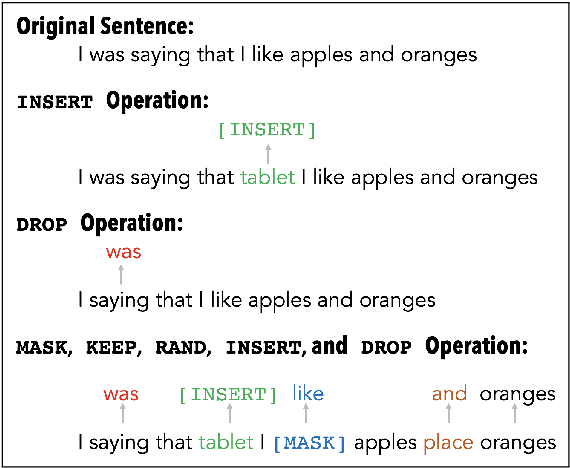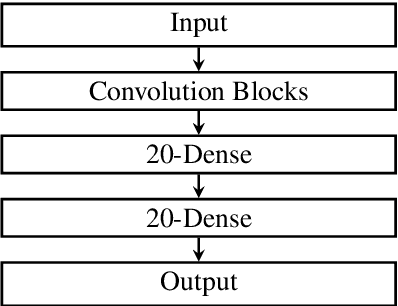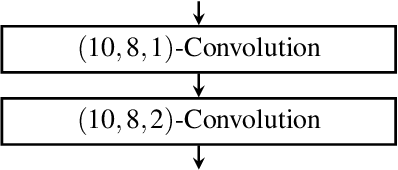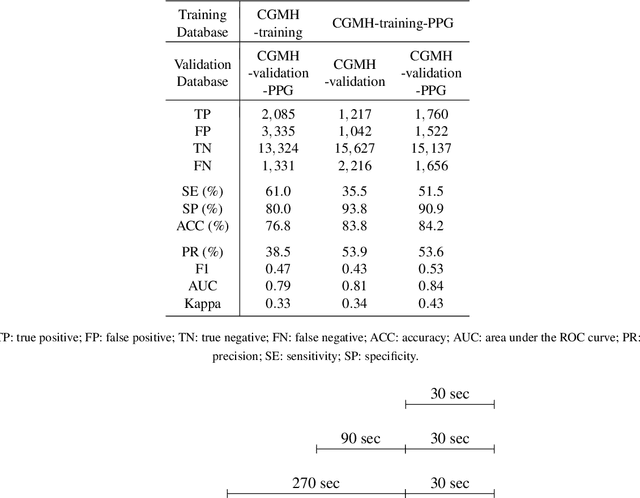John Malik
Correcting Automated and Manual Speech Transcription Errors using Warped Language Models
Mar 26, 2021



Abstract:Masked language models have revolutionized natural language processing systems in the past few years. A recently introduced generalization of masked language models called warped language models are trained to be more robust to the types of errors that appear in automatic or manual transcriptions of spoken language by exposing the language model to the same types of errors during training. In this work we propose a novel approach that takes advantage of the robustness of warped language models to transcription noise for correcting transcriptions of spoken language. We show that our proposed approach is able to achieve up to 10% reduction in word error rates of both automatic and manual transcriptions of spoken language.
Sleep-wake classification via quantifying heart rate variability by convolutional neural network
Aug 01, 2018



Abstract:Fluctuations in heart rate are intimately tied to changes in the physiological state of the organism. We examine and exploit this relationship by classifying a human subject's wake/sleep status using his instantaneous heart rate (IHR) series. We use a convolutional neural network (CNN) to build features from the IHR series extracted from a whole-night electrocardiogram (ECG) and predict every 30 seconds whether the subject is awake or asleep. Our training database consists of 56 normal subjects, and we consider three different databases for validation; one is private, and two are public with different races and apnea severities. On our private database of 27 subjects, our accuracy, sensitivity, specificity, and AUC values for predicting the wake stage are 83.1%, 52.4%, 89.4%, and 0.83, respectively. Validation performance is similar on our two public databases. When we use the photoplethysmography instead of the ECG to obtain the IHR series, the performance is also comparable. A robustness check is carried out to confirm the obtained performance statistics. This result advocates for an effective and scalable method for recognizing changes in physiological state using non-invasive heart rate monitoring. The CNN model adaptively quantifies IHR fluctuation as well as its location in time and is suitable for differentiating between the wake and sleep stages.
 Add to Chrome
Add to Chrome Add to Firefox
Add to Firefox Add to Edge
Add to Edge